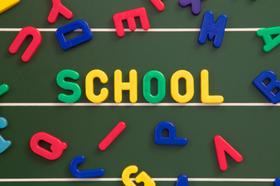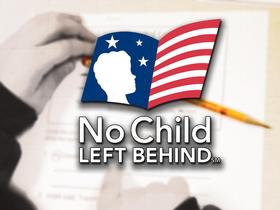Not Just for College: A Guide to K-12 Scholarships (2025 Update)
When most families and educators think of scholarships, the focus tends to be on higher education. But increasingly, substantial scholarship opportunities exist for students before collegeÔÇöindeed for ÔÇťK-12ÔÇŁ students in grades K through 12. This guide explores the landscape of K-12 scholarships in 2025: whatÔÇÖs changed, what families need to know, and how parents, students and educators can leverage these options. It also links to resources at for schools and choice programs.
Why K-12 Scholarships Matter Now
Tuition trends tell the story. According to recent data, the national average tuition for private K-12 schools stands around $12,790 per year, though actual costs vary widely by grade level and region.For example, a 2025 report shows median day-school tuition at approximately $26,800 for elementary, $30,535 for middle grades and $35,105 for high school.
With such costs, scholarship assistance becomes a meaningful planning toolÔÇönot just for college, but for K-12 school choice, private day or boarding schools, and alternative learning settings.
Meanwhile, policy is shifting. In January 2025, the White House issued an executive order declaring that ÔÇťparents ÔÇö rather than just geography ÔÇö should direct the education of their children,ÔÇŁ and directed federal agencies to issue guidance on how states can use formula funding for K-12 choice and scholarship initiatives.Further, Congress enacted the first-ever federal tax-credit for K-12 education scholarships: starting January 1 2027, individual





















